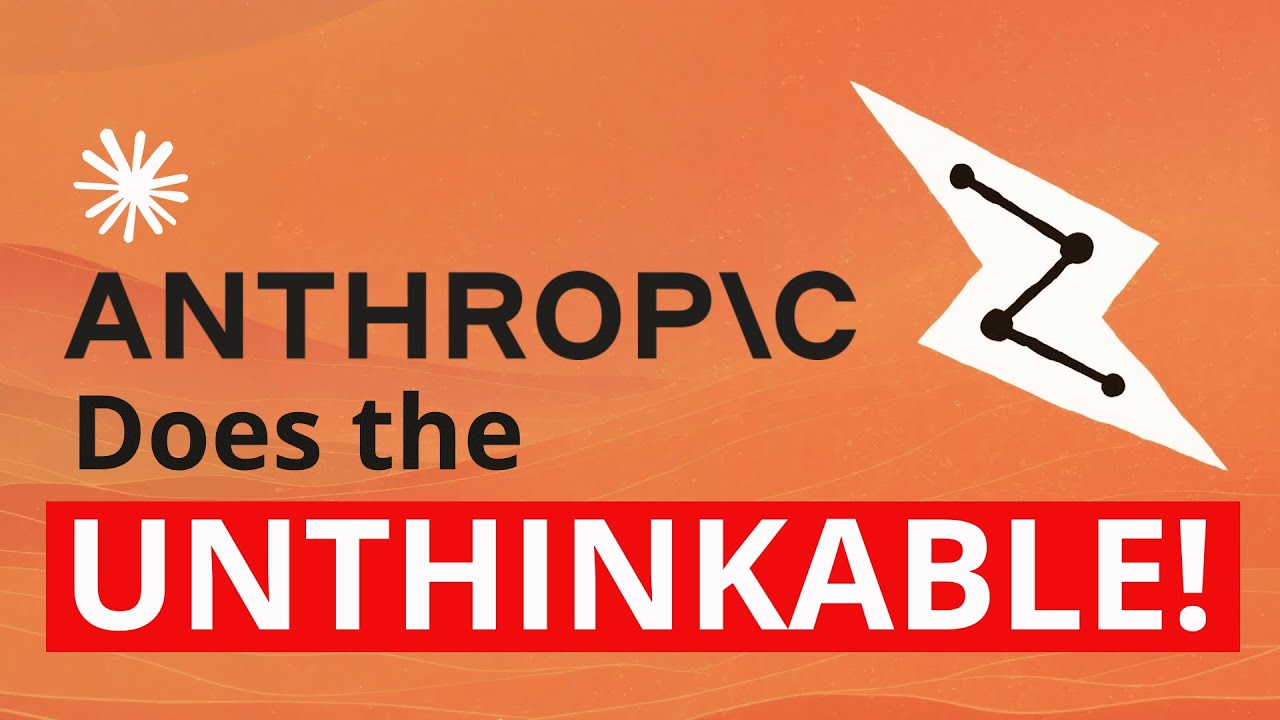The video discusses the release of Anthropic’s Claude 3.5 Haiku model, which features a significant price increase compared to its predecessor, raising concerns about whether its enhanced capabilities justify the higher costs. Despite promising early results, particularly in agentic workflows, the presenter emphasizes the need for Anthropic to demonstrate the model’s value amidst a competitive landscape where other models are reducing prices.
In the video, the presenter discusses the recent release of Anthropic’s Claude 3.5 Haiku model, highlighting its position as a small model compared to the medium and large models that may be forthcoming. The presenter notes that while the new model has been touted as a serious contender against other models like GPT-4o and Gemini 1.5 Pro, there are significant concerns regarding its pricing. The video aims to explore the advantages and disadvantages of the new model, particularly in light of the substantial price increase compared to its predecessor.
The Claude 3.5 Haiku model was launched with a notable price hike, costing four times more than the original Claude 3 Haiku. The presenter points out that the previous model was celebrated for its affordability, priced at 25 cents per million tokens in and $1.25 per million tokens out. In contrast, the new model is priced at $1 per million tokens in and $5 out, raising questions about whether the increase in intelligence justifies the higher costs. The presenter emphasizes the need for Anthropic to demonstrate that the new model’s capabilities warrant this price escalation.
Despite the price increase, early testing of the Claude 3.5 Haiku model shows promising results, particularly for tasks involving agentic workflows. The presenter mentions that the model has surpassed the previous Claude 3 Opus on various benchmarks while still being positioned below models like GPT-4o and Gemini 1.5. However, the lack of image processing capabilities in the new Haiku model means that users may still need to rely on the original Claude 3 Haiku for tasks requiring image analysis.
The video also raises concerns about the implications of the new pricing structure for future models, particularly the anticipated Claude 4 family. The presenter questions whether the trend of increasing model intelligence will continue to be accompanied by rising costs, contrasting this with competitors who have been reducing prices. The discussion includes a comparison of the new model’s performance and pricing against other models, suggesting that users may need to reassess their choices based on cost-effectiveness and specific use cases.
In conclusion, the presenter invites viewers to share their thoughts on the pricing changes and the overall value of the new Claude 3.5 Haiku model. While acknowledging that the current pricing is still lower than what was available last year for less capable models, the video highlights the potential shift in market dynamics as new models emerge. The presenter plans to conduct further testing to determine the best applications for the new model versus older, cheaper alternatives, encouraging audience engagement and feedback on the topic.
